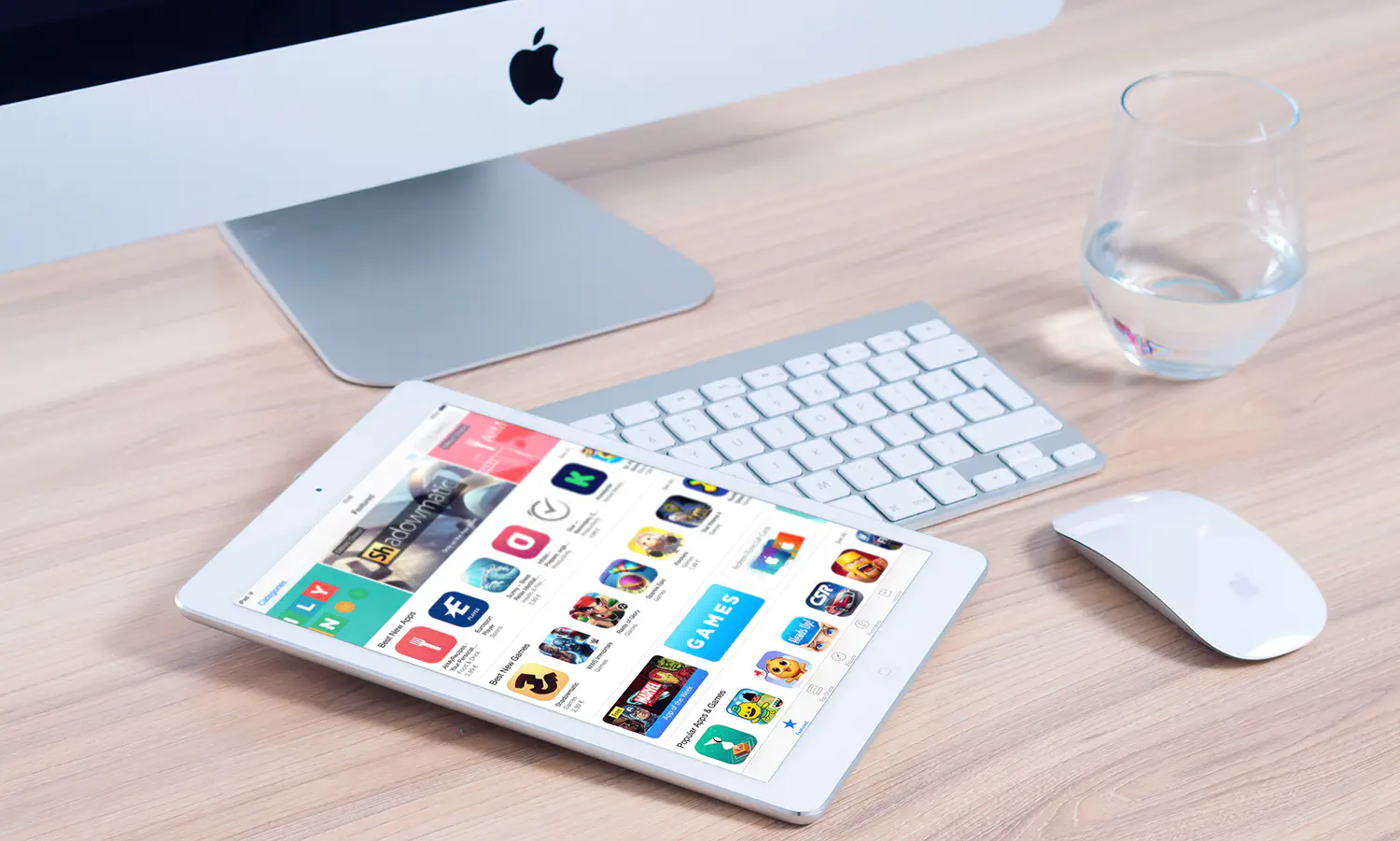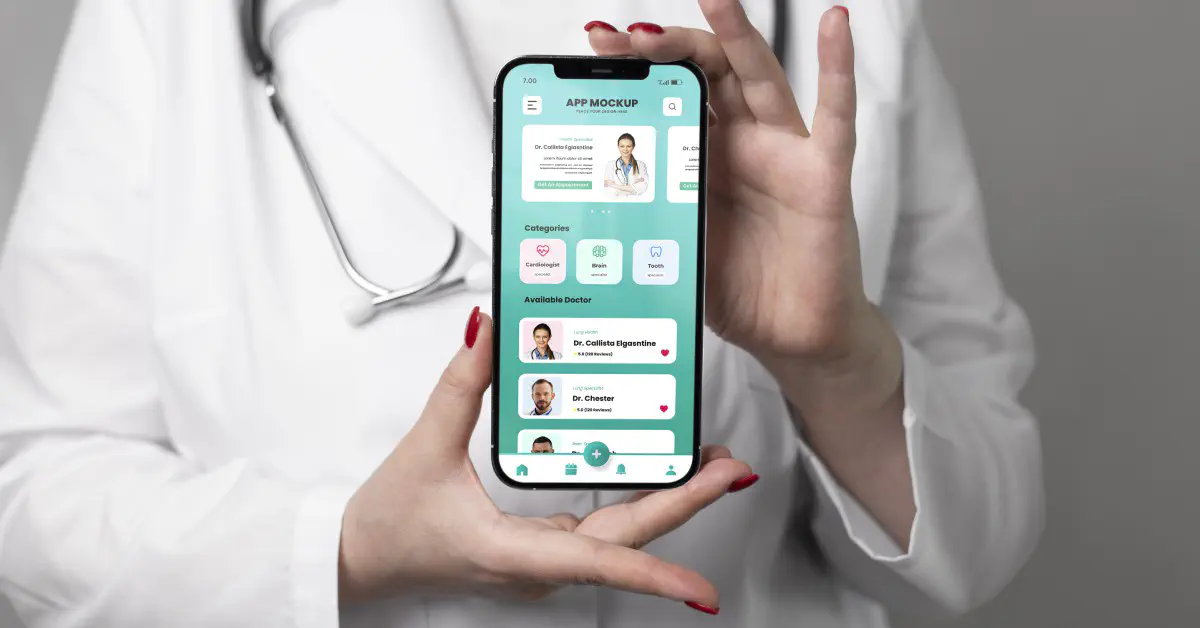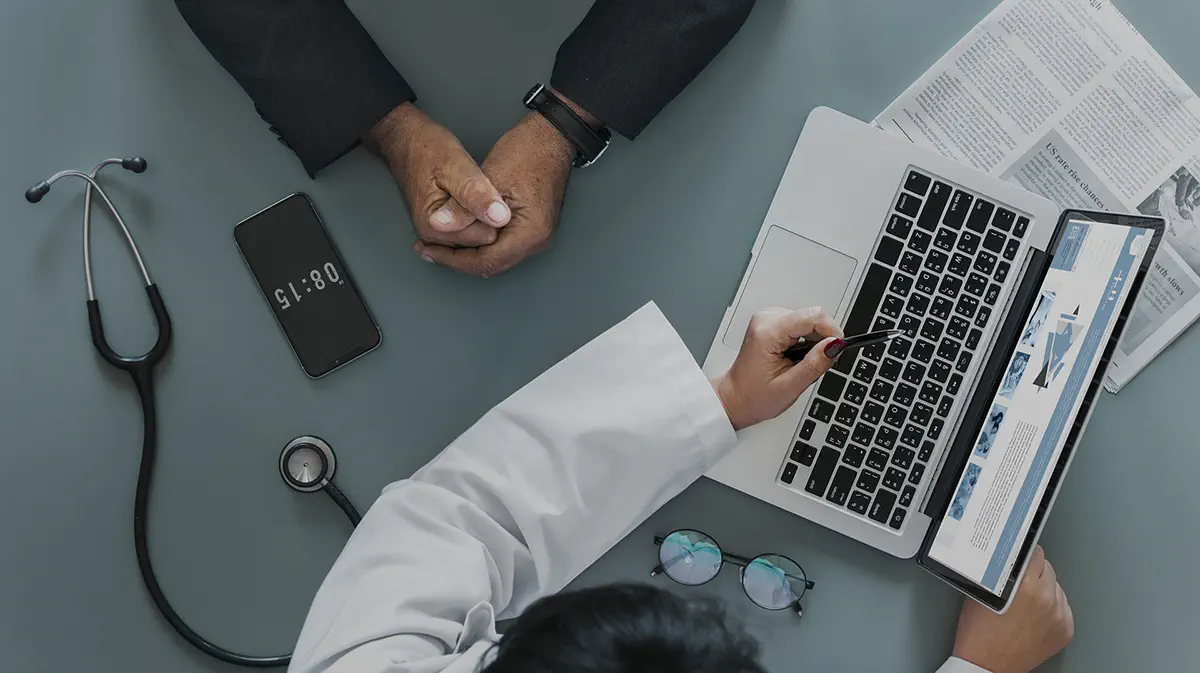What Mistakes Are Made When Developing the Design of a Telemedicine Application?

Developing a mobile application is a complicated task, especially when you are designing a telemedicine app that will facilitate online health visits. As a developer, you need to fit in the unique user interface with excellent app functionality to ensure smooth interaction between the patient and the doctor through video chat.
When healthcare is involved, there’s no room for designing mistakes. If you fail to avoid the common UX pitfalls, your mobile app will fail to get the much needed public attention. It also leaves a negative impression on potential clients because your app is not downloaded enough times or has negative reviews online.
Without a doubt, UX (User Experience) is the primary reason why an app suffers. According to statistics, more than 85% of customers uninstall a mobile application and never download it again if they have a terrible experience. Of course, you don’t want to fall into the same trap with your first telemedicine app.
However, before we jump to highlighting the most common UX mistakes in telemedicine software development, let’s dig deeper into what exactly is UX.
What is user experience (UX)
User experience (UX) is the overall feeling, emotion, and satisfaction a user experiences when interacting with a product, system, or service. In the context of mobile apps, UX design involves designing and creating interfaces that are intuitive, efficient, and enjoyable to use, in order to enhance the overall user experience.
A great UX design is essential for the success of any mobile app, especially for critical applications such as a telemedicine app. Such an app must be designed with the utmost care to ensure that users can access and use it efficiently, without any confusion or frustration. This is particularly important given that the app will be used by patients who are likely to be distressed and in need of urgent medical assistance.
Apart from enhancing the user experience, a well-designed telemedicine app can also help build trust and loyalty among users. Patients who have a good experience using the app are more likely to rely on it and recommend it to others, leading to increased downloads and usage.
To ensure that your telemedicine app provides a great user experience, it is important to avoid common UX mistakes. Here are five of the most common UX mistakes that you should avoid when designing your first telemedicine app.
1. UX and UI are not the same things
Some designers often confuse UX with UI. As similar as they may sound, both user experience and user interface are a different concept. UI is the screen or the page of the app that users view to establish a connection with the mobile device.
On the other hand, UX is the tool that helps improve the personal experience for the end user while he or she is using the app. Therefore, stop confusing the two factors.
User Interface (UI) is often used to cover the broader aspects of the app’s experience. For instance, it includes factors like creating an easy-to-navigate and interactive design, easy-to-read content, visually-attractive design, and an app icon that instantly catches the eye.
On the other hand, User Experience is an in-depth concept that is directly associated with the specific demands and needs of the user - in this case, patients.
2. Overstuffing of features
Features are a great addition to any app. However, too many features will only mess up with the UX. It’s actually a myth that more features equal to more mobile app users. Unless and until the features are enhancing the user experience, they are useless.
The key is to balance the features well. The more features you add to a telemedicine app, the more sluggish it will appear. It does not only make the users’ experience annoying but also makes the application large and heavy. It captures a large part of their device’s memory and is therefore often avoided.
Do not add worthless features that compromise the overall performance of the application. With a telemedicine app, be very specific with your approach. You don’t want to further irritate the distressed patient!
3. Poor design elements
The position of the components in the app does not only have an impact on its performance but also on the UX. Being the app designer, your first approach should be to step into the user’s shoe. In this case, it’s a patient or a relative of a patient looking for some straightforward medical assistance. Now think of creating design elements that are relevant to the user demand.
The key is to keep UX simple, so it instantly enables the user to navigate effortlessly and use the features of the apps without any struggle. The design element of the app should be operative on multiple devices without any compatibility issues.
4. Adapting competitors’ approach
While it’s okay to take some inspiration and ideas from your competitors, adapting too much from their app should be avoided. Not only it’s ethically wrong, the users are not looking for just another clone.
You may be designing your first telemedicine app, but there are too many in the market already. In your case, it’s a challenge to come up with new and unique ideas to make your app stand out. So instead of merely copying your competitor’s app, combine your own innovation and ideas to present something new to the users and get the competitive edge.
In addition to taking inspiration, you can also check competitors’ apps to identify problems and launch your app with its solutions for improved functionality. To capture the market, you need to be more unique than your competitors.
5. Lengthy tutorials
To make some apps functional and easy-to-use, it’s essential to add a tutorial for user guidance. However, some tutorials are more of a struggle than a blessing. Imagine a patient trying to get through to a medical professional through the app but instead is shown a lengthy, annoying tutorial on how to use the app. Do you really think the user will return to your app?
Provide the user with the essential guidelines and at the same time do not overwhelm them with information. Even if you plan to add a tutorial, make sure it’s a ‘skip-able’ one.
Final word
With most healthcare practitioners looking to incorporate telemedicine into their practice, you can think about designing your first telehealth app. In addition to avoiding these mistakes, app developers should also put an effort in maintaining great UX. It’s an ongoing task that demands consistent improvements. To make your first telemedicine app a success, make sure you pay particular attention to UX as well as the UI. Remember, excellent User Experience can turn things around even for a regular, mediocre-looking app.
Don't want to miss anything?
Subscribe and get stories like these right into your inbox.
Keep reading

Healthcare App Design: Requirements and Trends
If you plan to build a solution for doctors and patients, think about healthcare app design. Discover modern approaches to designing medical apps in our guide.

How New Healthcare Tech is Shaping Proactive Treatment
Digital technology is transforming healthcare, from treatments to wearables. Patients now use search engines and social networks to find information, driving innovation.

Crafting a Data Strategy for Digital Transformation in Healthcare
Technology bridges digital and physical care, helping doctors strengthen patient connections. By 2017, over 95% of hospitals used health IT, reshaping healthcare
Contact us
Let's explore how our expertise can help you achieve your goals! Drop us a line, and we'll get back to you shortly.